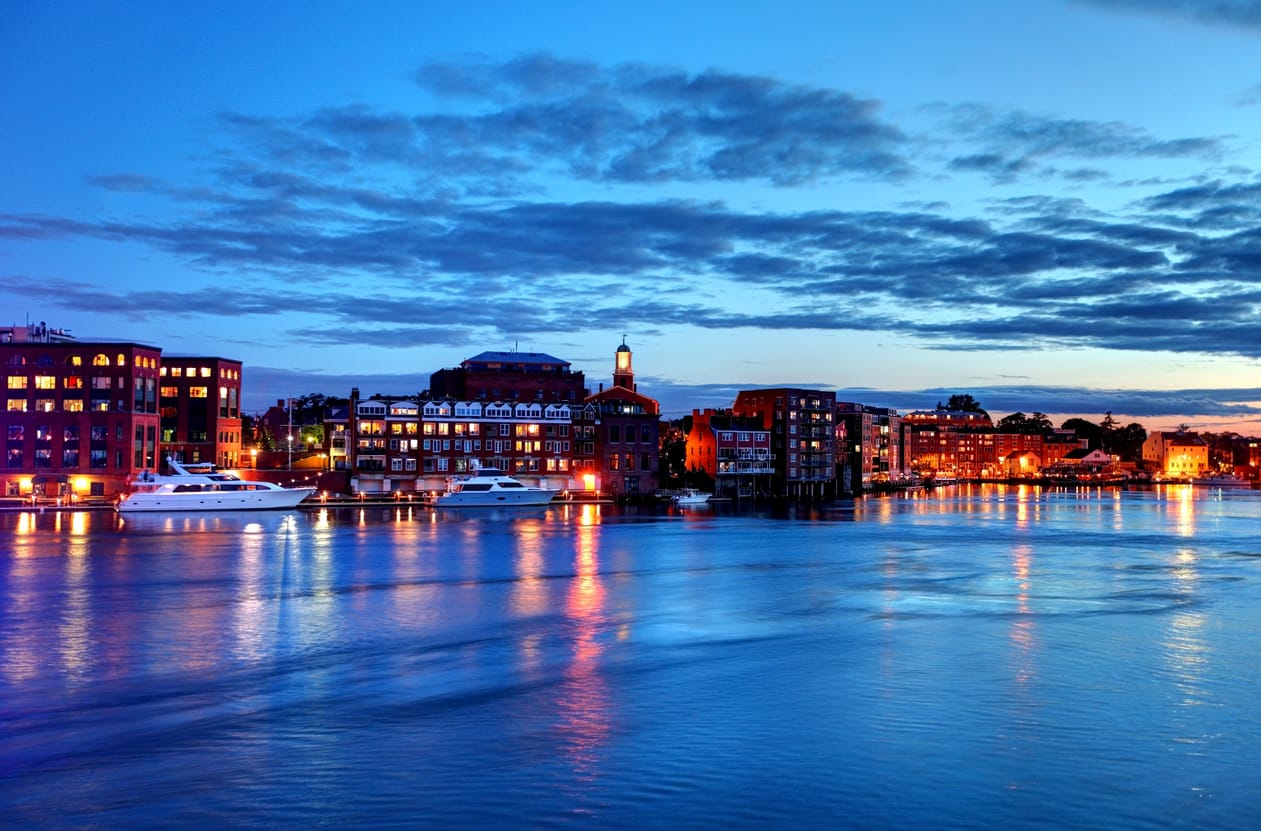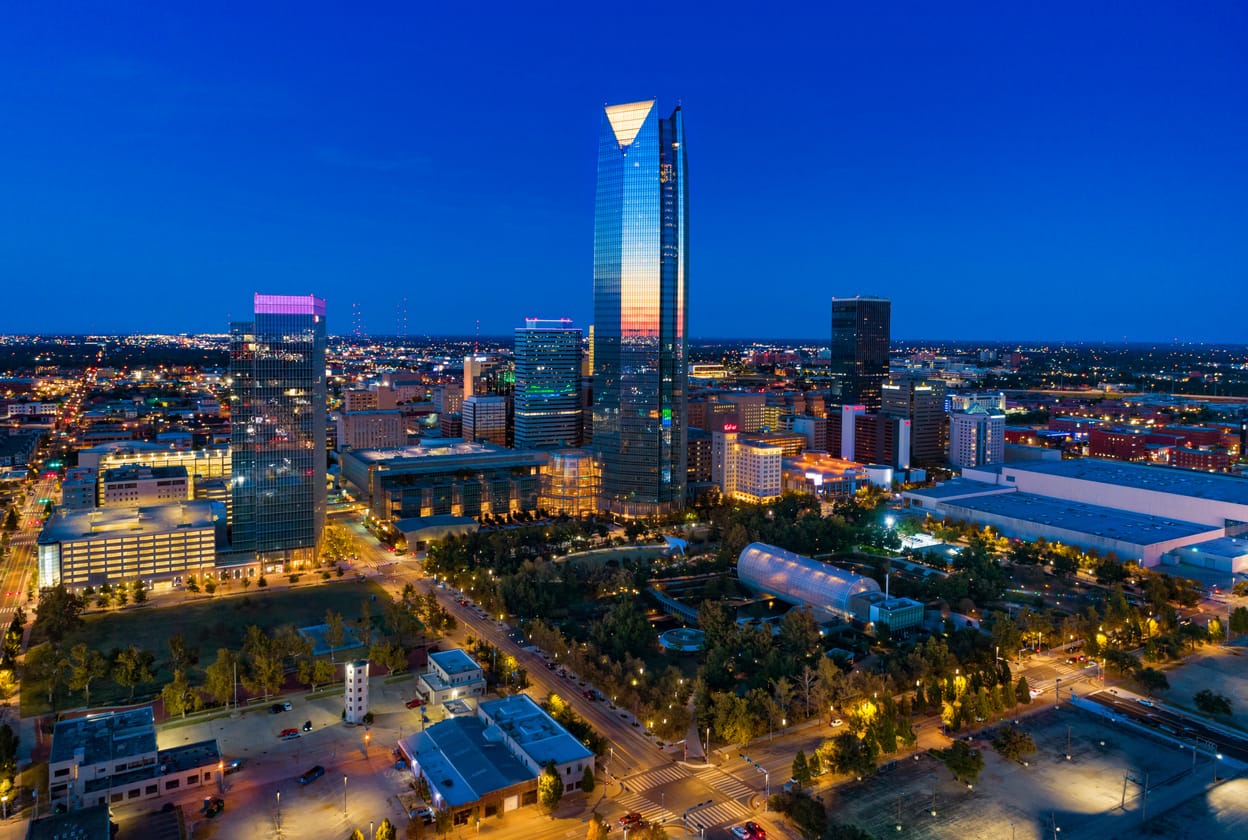Shipping from the State of New Hampshire to Oklahoma
Attaining statehood on June 21, 1788, New Hampshire was the first state in the United States to have its own constitution. The state’s spirit of independence is symbolized in its motto, “Live Free or Die.” New Hampshire plays a vital role in national elections, as it was the first state to hold a primary election. Its primary results are considered an influence on the rest of the nation leading to the saying, “As New Hampshire goes, so goes the nation.”

New Hampshire shares borders with Massachusetts to the south and Vermont to the west. It has Maine and the Atlantic Ocean to the East and the Canadian province of Quebec to the North. New Hampshire is the 5th smallest state by surface area in the country. It is the spot of the White Mountains and the renowned Mount Washington. Mount Washington is one of the windiest areas in the nation. Concord is the state’s capital.
Shipping to the State of New Hampshire to Oklahoma
The land that today composes Oklahoma was added to the USA as part of the Louisiana Purchase of 1803. Throughout the 19th century, the U.S. government relocated Indian tribes from the southeastern United States to the area, and by 1900, over 30 Indian tribes had been transferred to what was originally called the Indian Territories. At the same time, ranchers in Texas started to relocate into the area searching for new pasture lands, as well as the government at some point opened the land to settlement, creating “land runs” in which inhabitants were enabled to go across the border at a specific hr to insurance claim homesteads.

Settlers that broke the law as well as crossed the boundary faster than enabled were called “Sooners,” which ultimately came to be the state’s nickname. Oklahoma ended up being the 46th state in 1907, complying with numerous acts that incorporated an increasing number of Indian tribal lands into the UNITED STATE area. After its inclusion in the union, Oklahoma ended up being a center for oil manufacturing, with much of the state’s early development coming from that industry. Throughout the 1930s, Oklahoma experienced droughts as well as high winds, ruining numerous ranches and developing the well-known dust bowl of the Great Clinical depression era.
